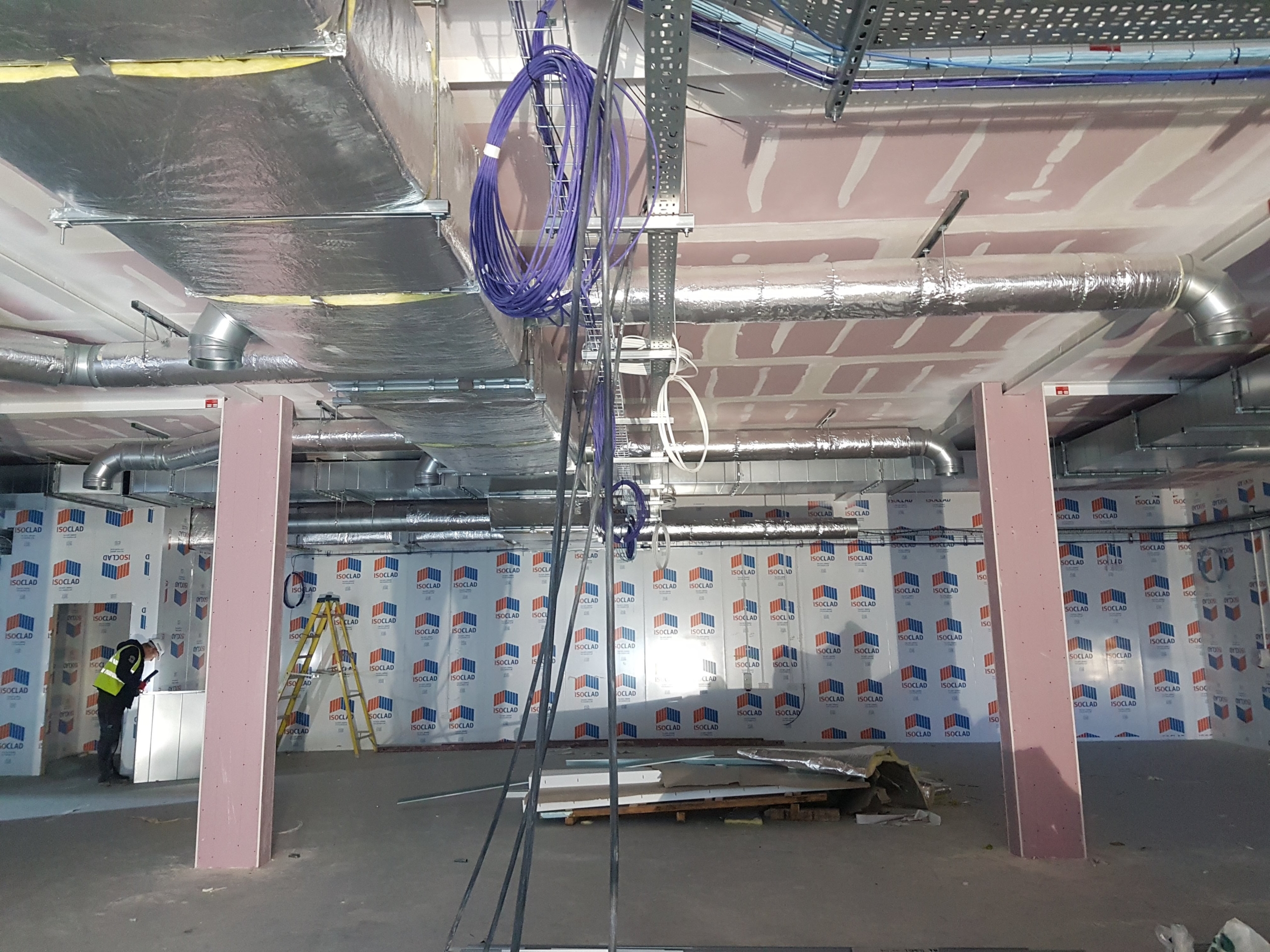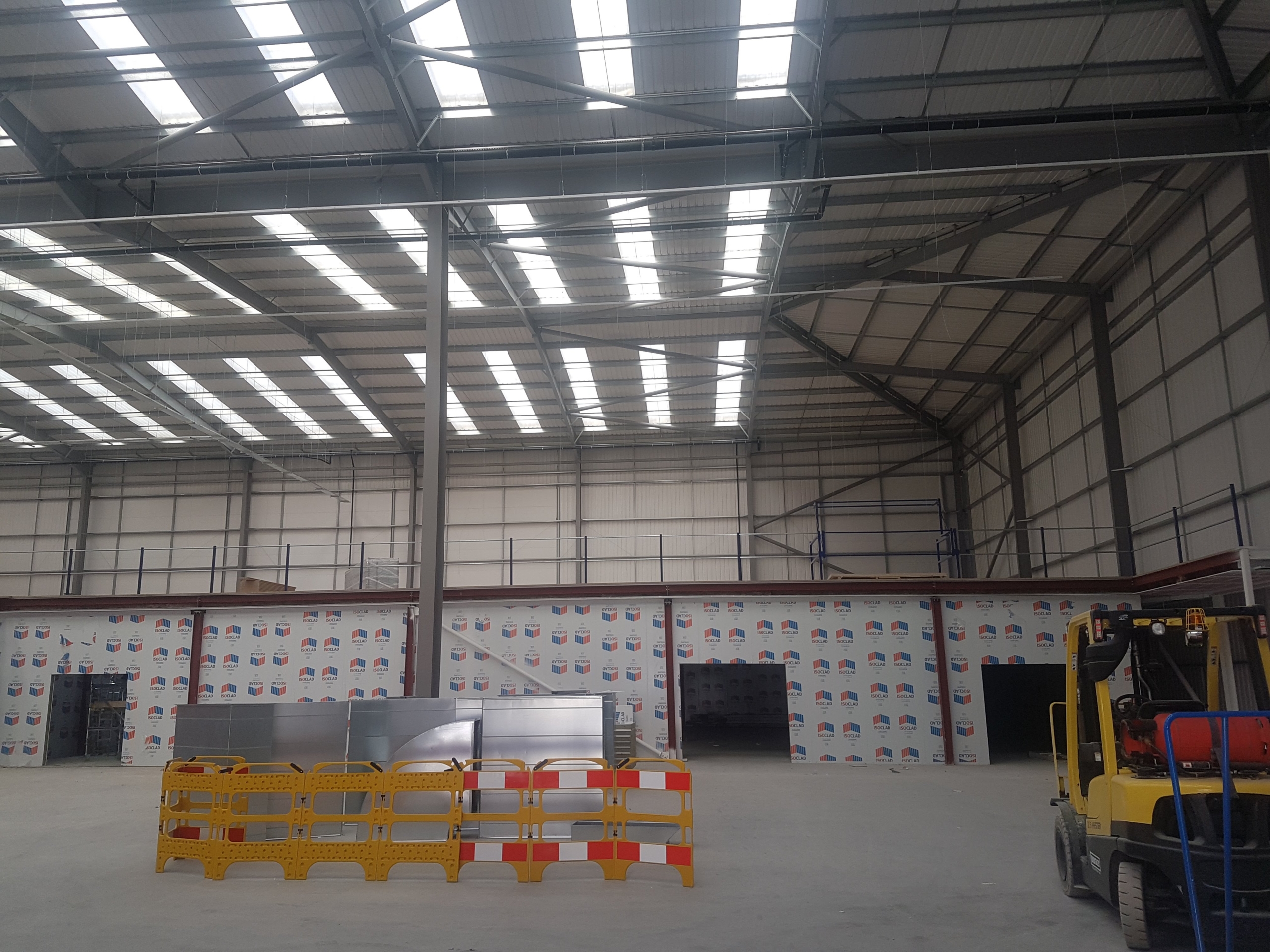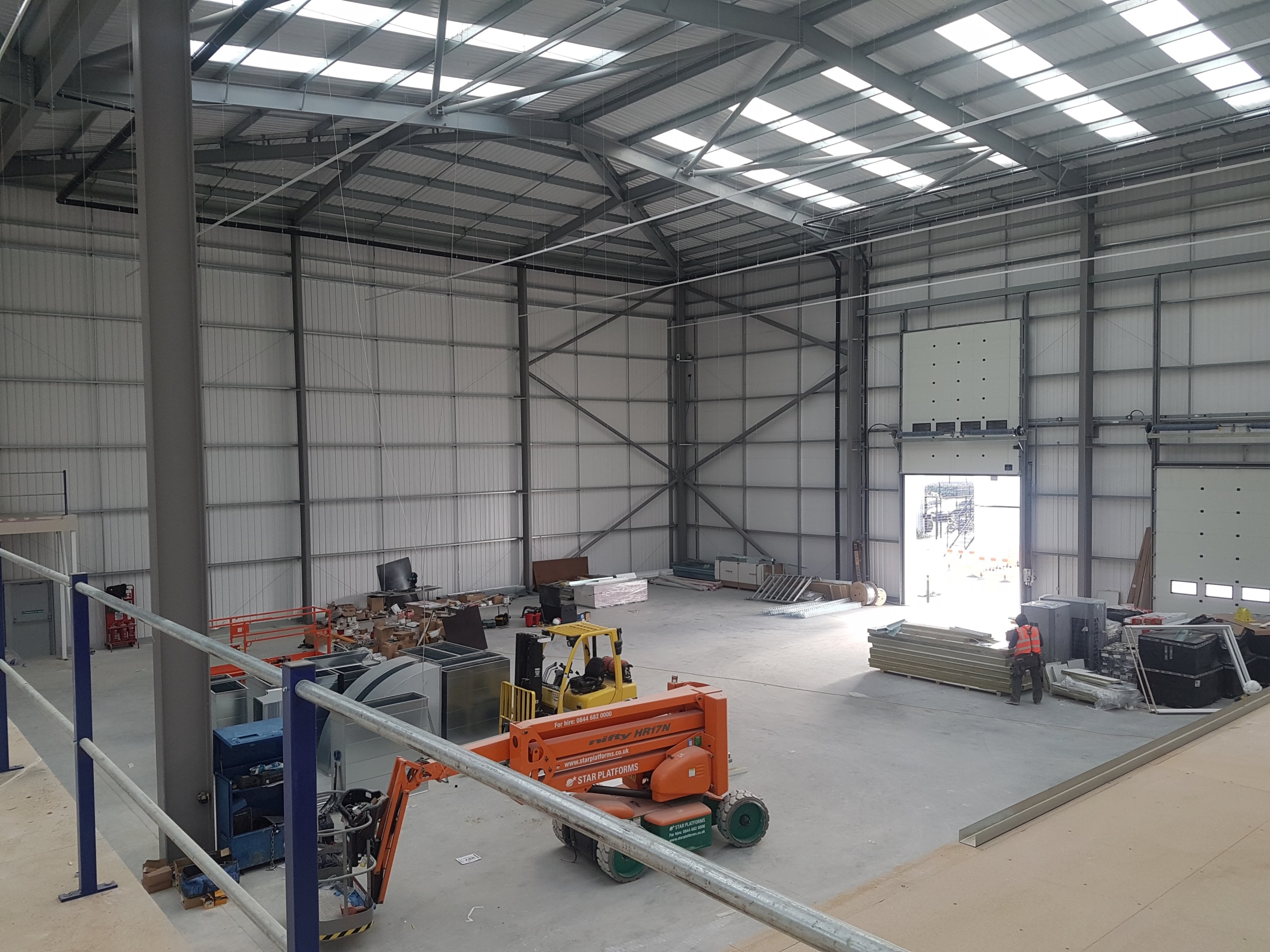Warehouse Lighting Installation:
Warehouse Lighting & High bay lighting Installation
When it comes to operating a warehouse, effective warehouse lighting installation is a crucial factor that directly impacts the following
- Operation
- Productivity
- Efficiency
- Safety
Thus, correctly designed warehouse lighting ensures a productive and safe working environment.
A well-lit working environment with efficient warehouse lighting installation will
- Enhance visibility
- Reduce errors
- Minimizes the risk of accidents.
With the past experience of many warehouse clients, we will explore the importance of warehouse lighting and the benefits it brings to businesses.
Past warehouse clients have included.
Warehouse Lighting to Improve Productivity
Firstly, adequate lighting in a warehouse is essential for promoting productivity and efficiency. A well-lit environment allows employees to navigate the warehouse efficiently. Furthermore, locate items and perform tasks accurately and efficiently.
In addition, correctly designed lighting conditions also contribute to reducing errors. This is because employees can
- Transfer through the warehouse quicker
- Locate sections and items with greater ease.
- Read labels and scan barcodes more easily.
- Read the documentation more clearly.
Furthermore, clear visibility enhances picking accuracy and speeds up order fulfilment. Thus, ultimately leading to improved operational efficiency and customer satisfaction.
Warehouse Safety
In addition to increased productivity, correct warehouse lighting plays a significant role in ensuring employee safety.
Generally, warehouses often involve the use of the following.
- Heavy machinery
- Access lifts such as forklifts
- Automated trolley systems
- Conveyor belts
- Continuous loading and unloading of trucks
A common element of all the above is that they are factors or equipment that require precise manoeuvring.
Therefore, insufficient lighting can decrease visibility, create shadows, or create dark spots, increasing the risk of collisions, slips, and falls.
Due to the lack of visibility in warehouses, high-visibility vests are commonly worn. Therefore, any improvement in overall lighting can only help.
By providing adequate lighting throughout the warehouse, businesses can minimize accidents, create a safe working environment, and reduce the potential for injuries.
Well-illuminated walkways, staircases, and storage areas contribute to employee well-being and significantly reduce the likelihood of accidents.
Using Warehouse Lighting for Space Planning
Another advantage of a well-designed warehouse lighting installation is optimising space utilization. Businesses can effectively utilise their warehouse space by strategically placing lights and directing illumination towards specific areas.
This includes highlighting the following.
- High-traffic areas
- Shelving units
- Loading docks
- Ingress and Egress areas
Correct warehousing lighting design aims to ensure that all areas receive the required level of illumination. In summary, properly illuminated spaces facilitate efficient movement and improve the overall functionality of the warehouse.
Energy Efficiency
Energy efficiency is an important consideration when it comes to warehouse lighting. Firstly, implementing energy-efficient lighting solutions only reduces environmental impact. Secondly, it also lowers operating costs.
For example, LED lighting offers significant energy savings compared to traditional lighting options. LEDs consume less electricity and have a longer lifespan. This results in reduced energy bills and maintenance expenses for businesses. Therefore, upgrading to energy-efficient lighting systems benefits the environment and contributes to long-term cost savings.
We have written a detailed article on the benefits of LED lighting – “The Benefits of Commercial LED Lighting.”
An Additional article, “How much do LED lights save?”
In addition to functionality and efficiency, warehouse lighting also impacts employee well-being and comfort. We find that poor lighting conditions, such as glare or flickering lights, can cause various employee complications. These include eye strain, headaches, and fatigue.
Conversely, appropriate lighting levels and the absence of glare can improve visual comfort, reduce eye strain, and create a more pleasant working environment. In summary, this boosts employee morale, satisfaction, and overall well-being.
Warehouse Lighting Design
When considering a warehouse lighting installation, it is important to assess the specific requirements and characteristics of the space. Important factors to consider are.
- Ceiling Height,
- The layout of the warehouse
- The type of activities performed within it
Therefore, many factors influence lighting design. Employing lighting professionals or consultants can help determine the optimal lighting solution for a particular warehouse. Their design will consider factors such as brightness, colour temperature, and light distribution.
In conclusion, warehouse lighting installation is critical to warehouse operations, impacting productivity, safety, and overall efficiency. By providing adequate lighting, businesses can enhance visibility.
Best Type of Lighting for a Warehouse?
Choosing lights for a warehouse lighting installation depends on several factors.
These factors include.
- The size of the space.
- How high are the ceilings?
- The tasks being performed in the warehouse,
- The overall warehouse electrical design
- Any energy efficiency considerations.
Based on previous designs and installations, below are some common types of warehouse lighting:
High Bay LED Lights
Generally chosen for warehouses with high ceilings. LED lights are preferred because they are
- Energy-efficient
- Provide bright illumination
- Have a long lifespan.
They also offer better colour rendering compared to other types of lighting.
Fluorescent High Bays
These types of lights are not as energy-efficient as LED lights. Neither are they as long-lasting. However, fluorescent high bay lights are still a popular choice for warehouses.
This might be because they are less expensive upfront. Furthermore, they provide adequate lighting for certain warehouse applications.
Metal Halide Lights
These types of lights are now only really seen in legacy installations
These were once popular for warehouse lighting but are being phased out. They are being phased out in favour of more energy-efficient options like LEDs.
When warehouses still have metal halide fixtures, additional fixtures may need to be installed to match the existing ones.
Linear LED Fixtures
These lights are suitable for warehouses with lower ceilings or where a more evenly distributed light is needed.
They pair well with high bay lights to provide additional lighting in specific areas or to cover harder-to-reach areas.
Motion Sensor Lights
Although not a specific type of light, motion sensors can help save energy.
Motion sensors function by only turning on lights when they are needed. For example, when someone or some piece of transport enters an area
Incorporating these sensors into a lighting design can be helpful in warehouses where areas are not frequently occupied.
Daylight Harvesting Systems
Once again, it is not a specific type of light but a functionality added to existing lights.
In cases where there is ample natural light, daylight harvesting systems automatically dim or turn off electric lights when there is sufficient natural light.
For additional electrical articles please visit our main BLOG page here





